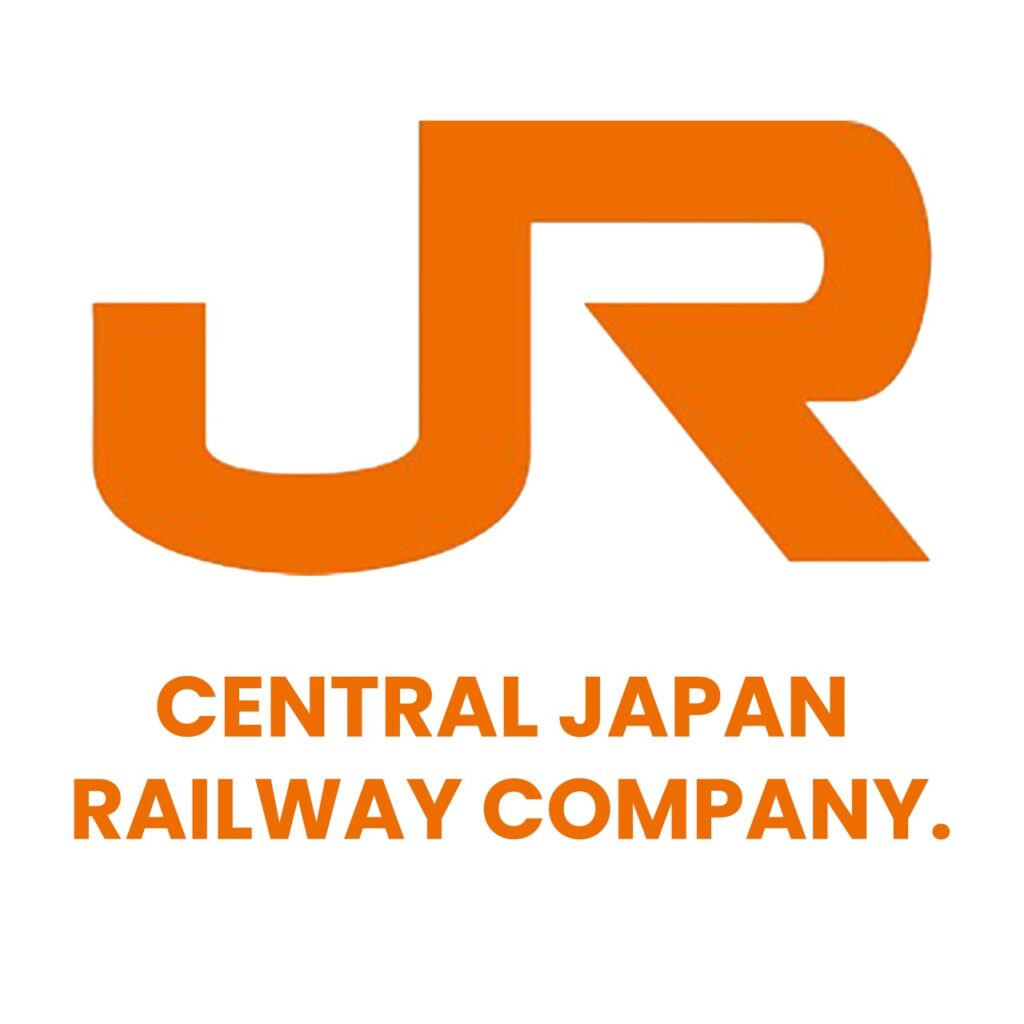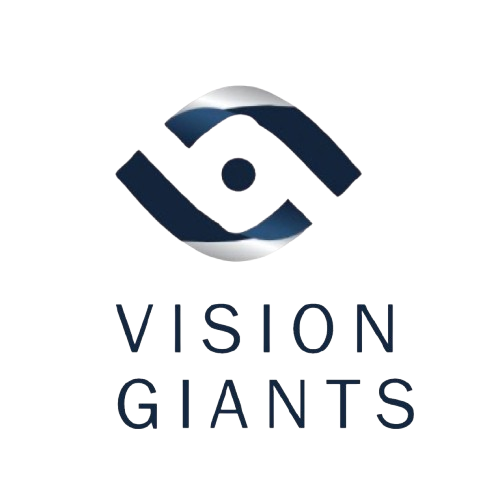The Central Japan Railway Company, commonly known in Japanese as JR東海 (JR Tokai), was established on April 1, 1987, when the national Japanese National Railways (JNR) underwent privatization and split into regional companies. Located in the JR Central Towers above Nagoya Station, JR Tokai currently operates an extensive rail network in the Tōkai area—with Nagoya as its main hub—alongside a vibrant collection of related businesses. As of March 2024, the company employed roughly 18,500 people and generated about ¥1.417 trillion in operating income, overseeing nearly 1,970 km of rail lines, 405 stations, and a fleet of approximately 4,802 vehicles. More than half of its routes are double-tracked, nearly three-quarters are electrified, and almost all operate under centralized traffic control and automatic signaling systems, demonstrating its high standards for infrastructure.
The Tōkaidō Shinkansen, the first high-speed rail line globally, was inaugurated in 1964 as its primary service. JR Tokai runs trains among Tokyo, Nagoya, and Osaka at maximum speeds of approximately 285 km/h, utilizing advanced rolling stock like the new N700S series, which features enhanced energy efficiency, passenger comfort, and accessibility for individuals with wheelchairs. The N700S expansion involves a ¥114 billion (approximately USD 900 million) investment aimed at adding 19 new trains from 2023 to 2026. JR Tokai has started to introduce automated Shinkansen operations—expected to be operational by around 2028—where the train’s pace and station halts are managed semi-autonomously, although a driver is still present for starting and emergency control
In addition to conventional rail, JR Tokai leads in maglev innovation with its bold Chūō Shinkansen initiative. Initially aiming for a 2027 launch between Tokyo and Nagoya with the L0 Series SCMaglev reaching speeds of 505 km/h—making the trip in only 40 minutes—the initiative has faced major setbacks due to pending environmental permits in Shizuoka Prefecture. Present forecasts indicate that commercial activities might commence in 2034 or beyond, and the extension to Osaka has been provisionally postponed to as early as 2037.
JR Tokai manages several traditional rail lines in the area, encompassing sections of the Tōkaidō Main Line and commuter systems near Nagoya and Shizuoka, supported by fleet types like the newly launched 315 series EMUs from March 2022, which are taking over older models on routes like the Chūō Main Line and others. It also has a subsidiary, JR‑Central Transport Service Co. (previously Tokai Transport Service), which manages the Jōhoku Line under JR Tokai’s supervision starting in October 2024.
As a leader in railway management and corporate environmental responsibility, JR Tokai has introduced eco-friendly initiatives: repurposing old Shinkansen seat fabric into products, recycling lead-acid batteries at level crossings, and promoting biodiversity initiatives in the Southern Alps area of central Honshū. The company has adopted innovative branding strategies; for example, unique chartered trains featuring themed designs and onboard activities—like the “Kappa Ebisen” snack train or anniversary journeys associated with Japanese wrestling promotions—showcase its marketing intelligence and connection to popular culture.
Globally, JR Tokai is broadening its presence through collaborations and sharing expertise. In May 2025, it entered into a strategic partnership with Spain’s Renfe to collaboratively explore international high-speed rail initiatives—exchanging knowledge in operations, maintenance, and technology—with both firms aiming to utilize their successful frameworks in regions such as Texas, U.S. and the Middle East. The organization also has international offices in Washington DC, London, and Sydney.
In conclusion, JR Tokai has transformed from JNR’s privatized successor into a key player in Japan’s rail industry, excelling in both high-speed and conventional rail, spearheading maglev advancements, and establishing a diversified, globally-minded enterprise with a strong focus on safety, sustainability, branding, and technological advancement.

